Step-by-Step Guide to Creating a Budget You Can Actually Stick To
I know how daunting it can be to start a budget. Before we decided to create a budget and a plan to get out of debt, we had no clue how much we were spending. For years, I would say we don’t need a budget. I was so wrong; budgeting changed our lives! Most people think a budget is restrictive but it’s not. You tell your money where to go. You are in charge.
Step 1: Understand Your Financial Picture
Action Plan:
Write down all sources of income. Here is an easy worksheet to get you started.
List all monthly expenses (debt, essentials, non-essentials).
Identify your total debt amount.
In the beginning, I would recommend using pen and paper but if you prefer you can use a spreadsheet or an app.

Step 2: Set Clear, Realistic Goals
Action Plan:
Define short-term goals (saving $1,000 for emergencies, ect…)
Set long-term goals (paying off a credit card in 12 months).
I prefer to write down my goals and put them somewhere I will see them daily!
Step 3: Build a Budget That Works for YOU
Action Plan:
Use the 50/30/20 Rule: 50% needs, 30% wants, 20% savings/debt payoff.
Or start with a zero-based budget, assigning every dollar a job, like the Snowball Method
There are many other budgeting plans out there that you can try. Or you may need to create a whole different plan.
You can read about the Debt Avalanche or Value Based budgeting.
Step 4: Track Your Spending Weekly
Action Plan:
Track every dollar spent for the last 30 days.
Review your spending weekly to identify patterns and adjust.
Create “spending categories” and limit impulse buys by using cash envelopes or a debit card with set spending limits.
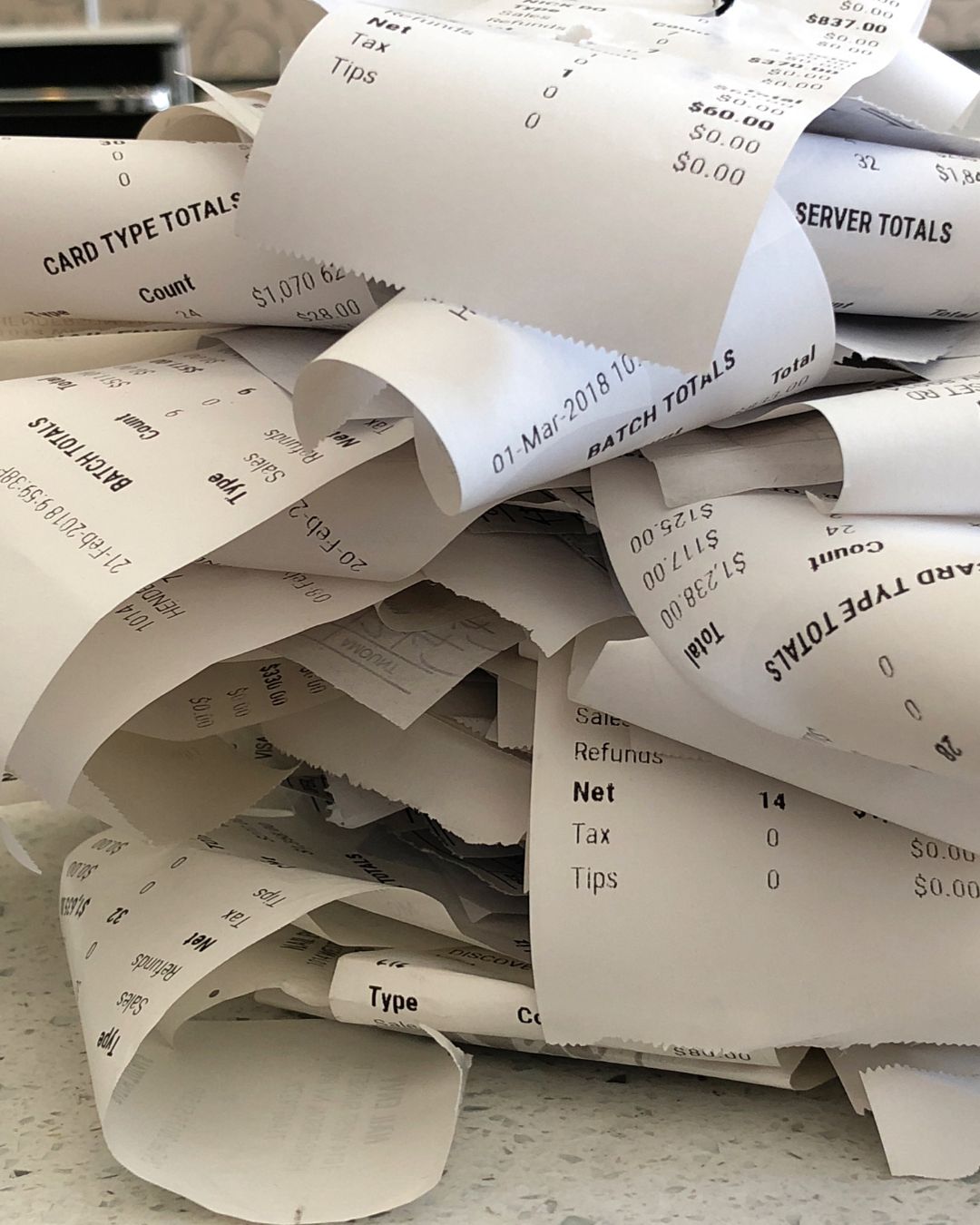
Step 5: Start Saving—Even While Paying Off Debt
Action Plan:
Build a small emergency fund ($500–$1,000).
Use sinking funds for upcoming expenses like holidays or car maintenance
Start a $5 Savings Challenge: Every time you get a $5 bill, put it in a jar.
Step 6: Cut Costs Without Sacrificing Too Much
Action Plan:
Cancel unused subscriptions.
Meal prep instead of eating out.
Shop smarter by making grocery lists and sticking to them.
Try a pantry or freezer challenge for one week, plan meals using only what’s already in your pantry or freezer.
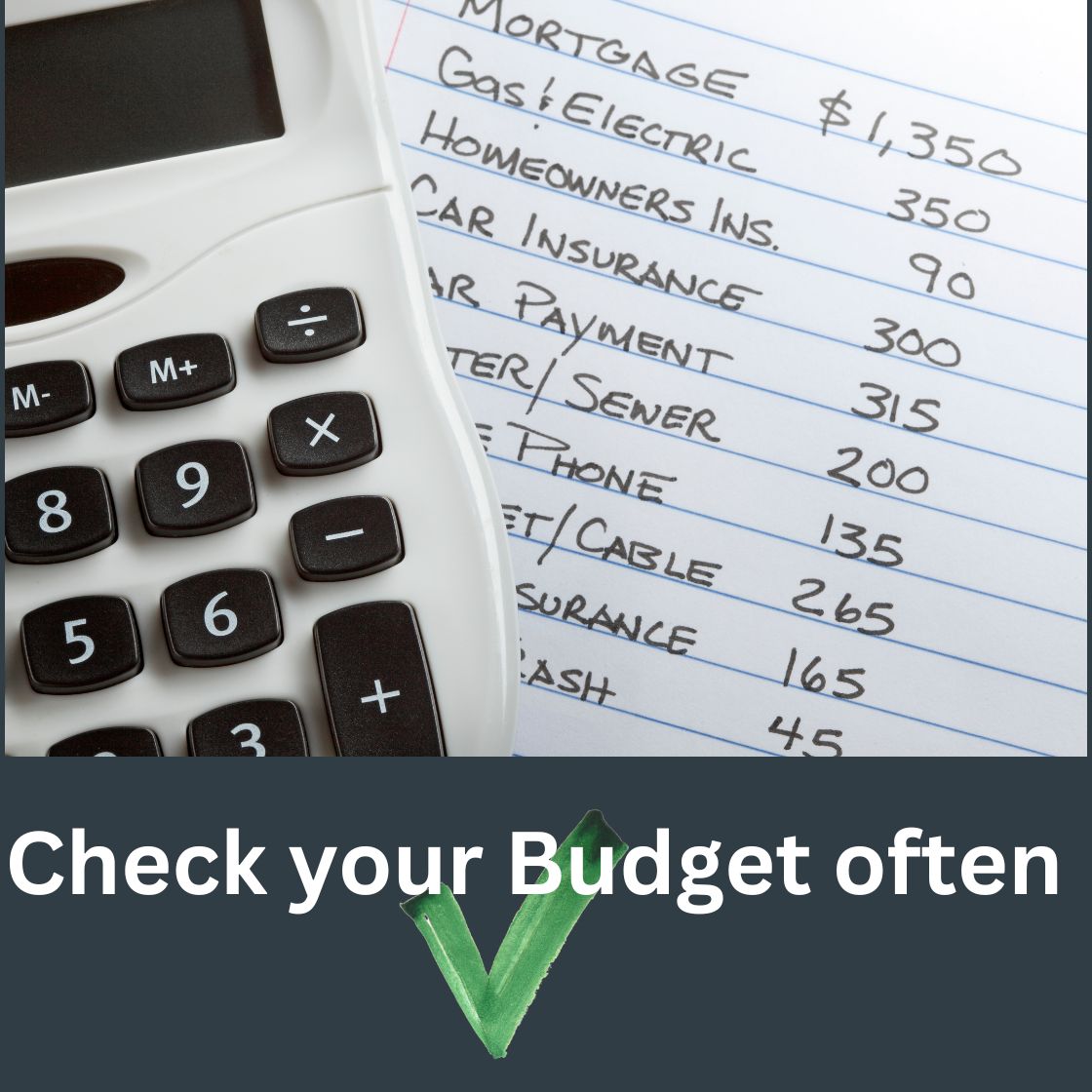
Step 7: Stay Consistent and Celebrate Wins
Action Plan:
Set weekly check-ins to review progress.
Celebrate small wins, like paying off a credit card or completing a savings goal.
Reward yourself in non-financial ways—like a free family outing or a homemade treat.
Creating a budget and sticking to it is a journey. I want to encourage you to remember your “why”. Ask yourself these questions. Why do you want to pay off your debts? What do you want for your future? Your kid’s future?
You may want to read my blog about the Benefits of Budgeting here. Comment and let me know how your progress is going on your debt free journey.

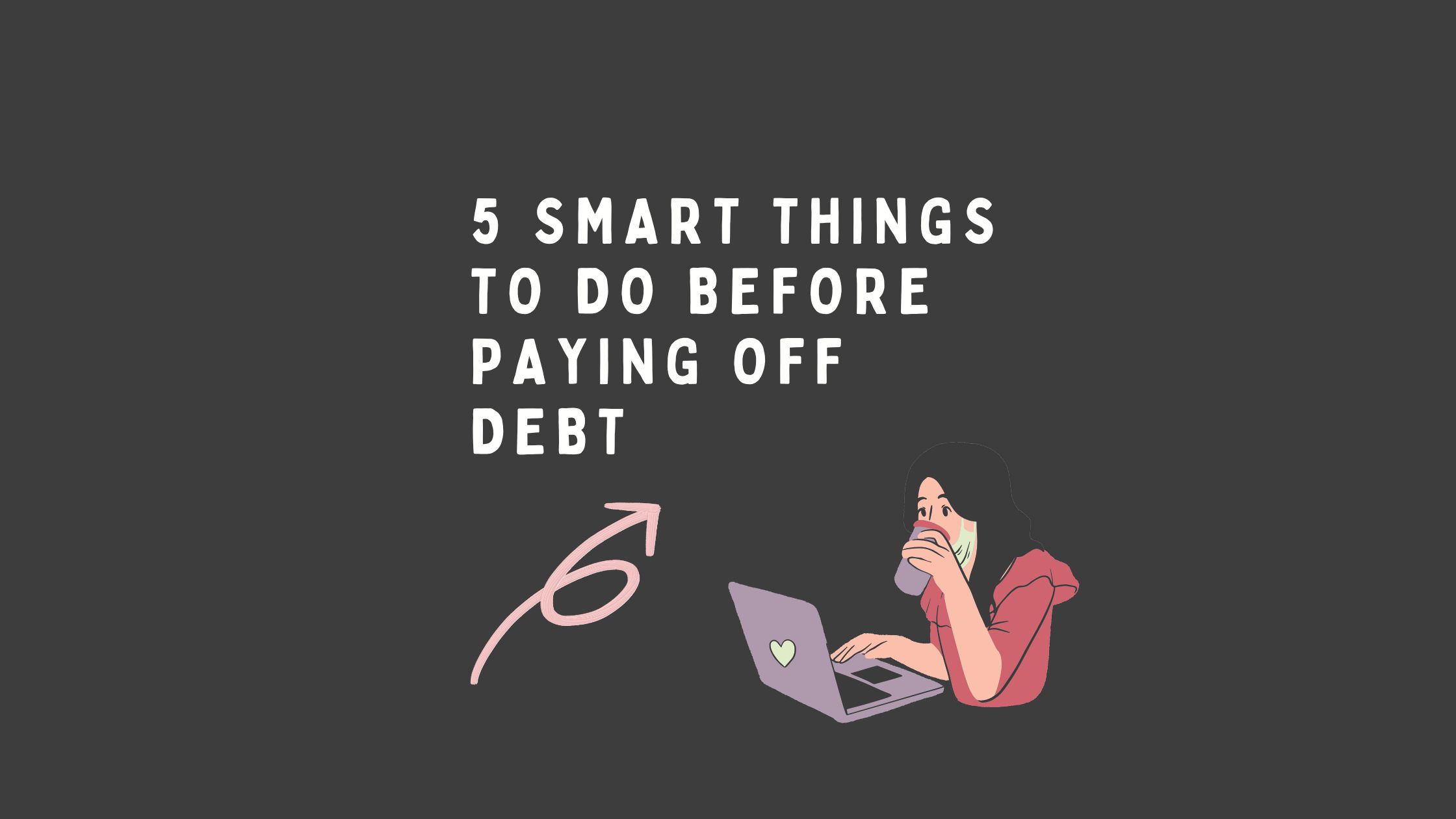
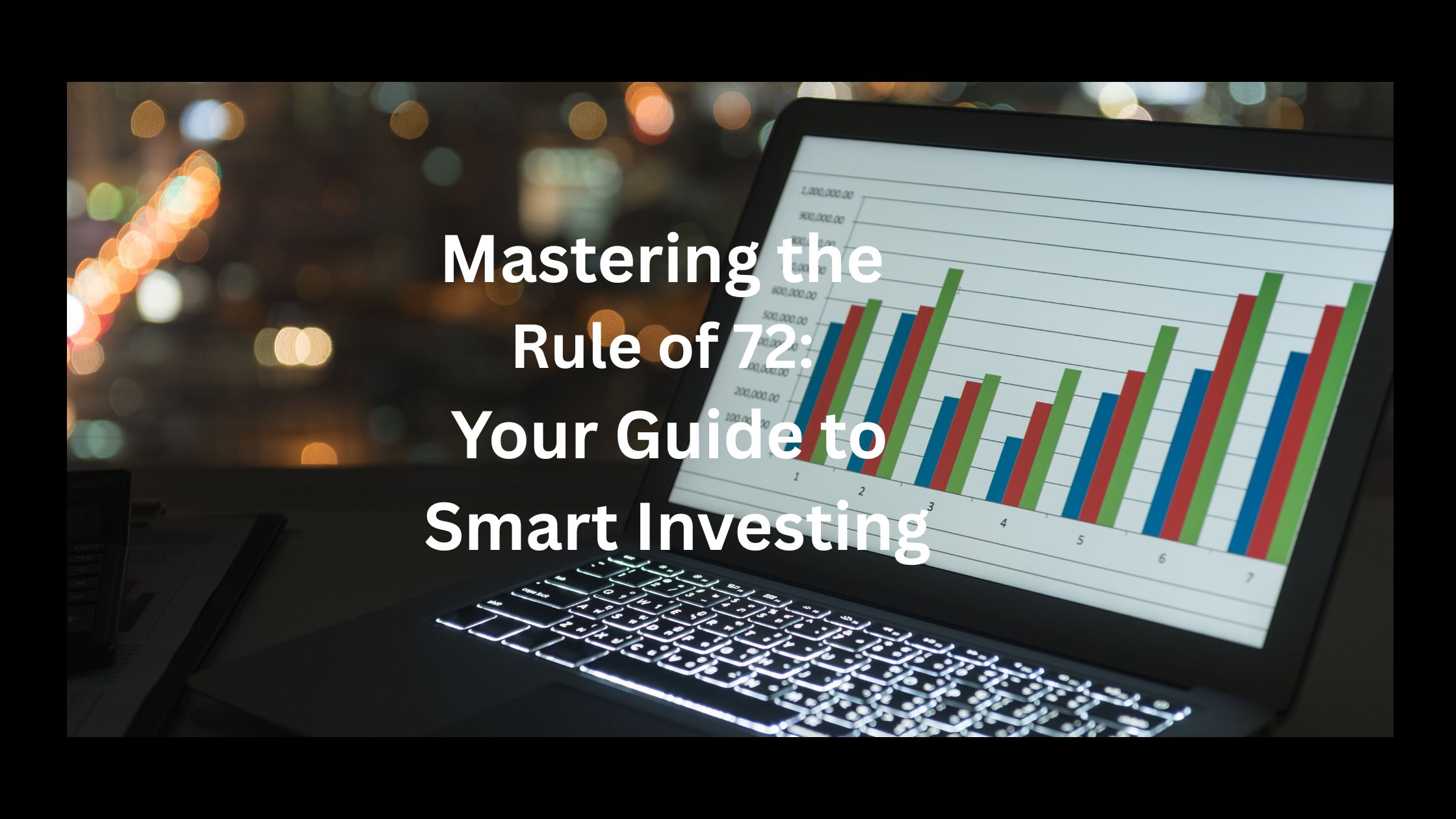
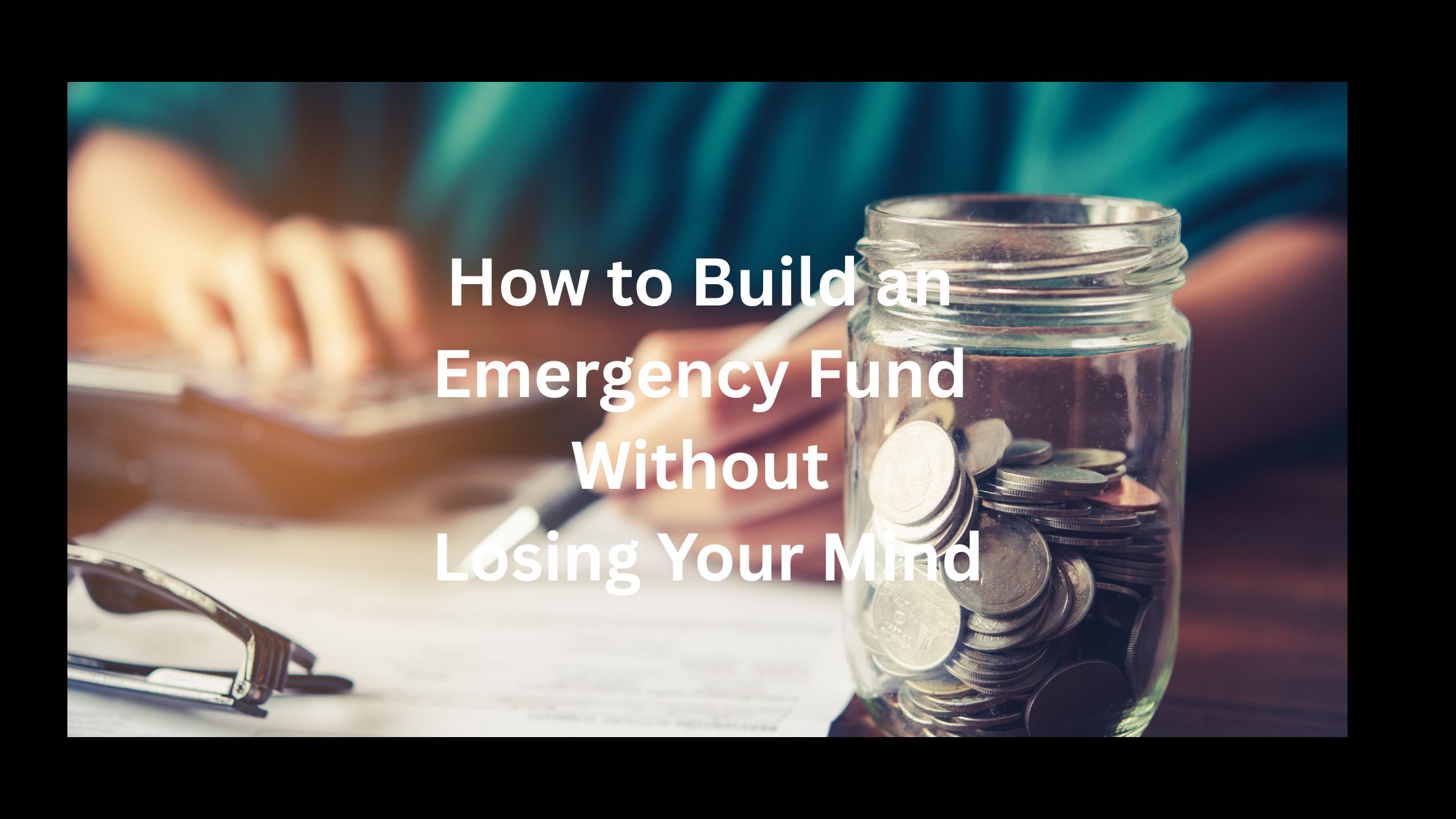
Leave a Reply